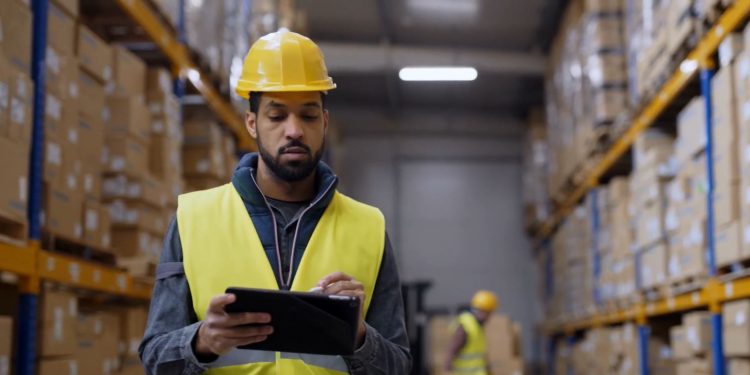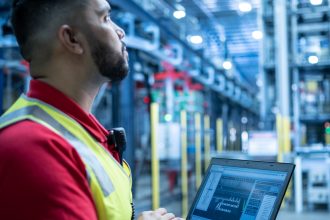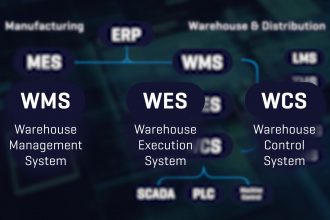How to Use Software to Attract and Retain Talent

Many businesses are feeling the pressure of getting the right people in the door these days. There is a significant shortage of qualified labor to fill the vacancies in the industry. Additionally, as baby boomers age out at a rate of 10,000 every day, Gen Z isn’t stepping in to take their vacant manual labor jobs. This leaves operation managers with a dilemma and the need to attract the younger workforce into their facilities—and keep them there.
While many baby boomers were content to put down roots and work a full career for one company in a warehousing or manufacturing environment, their children and grandchildren are proving to be very different. Let’s face it, many warehousing jobs are not exciting or mentally stimulating. At the same time, thanks to the ecommerce boom, there are more warehousing jobs available than a generation ago, so the job vacancy rate is only growing. How, then, can companies get Gen Z in the door?
Leveraging technology could be a good first step. In particular, intelligent software allows the younger generation to work with tools they are very comfortable with. By implementing certain Labor Management System (LMS) suites, you have the ability to “gamify” the daily tasks in the warehouse, making them more interesting and engaging—and getting on the same page as Gen Z. These employees are more likely to welcome the idea of using a scanning device or computer system in lieu of old-fashioned manual approaches to tasks. Most employees today—especially the younger generations—are already accustomed to wearable devices, apps and the like.
You can do the same with warehousing software linked to automation. Take this up a notch by turning scanning into a contest, for instance, incentivizing employees to achieve higher numbers and offering rewards for their effort. These might include a day off, for instance, or a special parking spot for a week. In the best case, the operation can offer additional pay for reaching certain performance levels, which when done correctly is a win-win for both the employee and the operation. This is a generation seeking recognition, and software allows you to quantify results that lead to that.
In this competitive hiring environment, operational associates know they can easily find a similar job with similar pay at a nearby facility. Anything that makes the work more engaging and less like manual labor is a good way to draw the younger generations to your facility and then keep them there. Ideally, you can extend your resource management software to include mobile applications designed for operators. This can provide a way for your employees to schedule their shifts quickly and easily. Eligible employees can put up a shift for bid or swap. An employee may need a day off for a family event, for instance. They can enter a request into the software to exchange shifts with an equally qualified employee, a supervisor approves it, and they get their needed day off. That extra shift might appeal to a different employee who wants to pick up more hours. This turns the entire situation into a win for both employees and the operation who requires precise planning. When employees don’t need to use sick or personal days for important events in their lives, they will appreciate the flexibility and stick around longer.
Software can help set the groundwork for detailed standards and achievable goals, making it possible to reward employees when they meet or exceed those standards. All told, intelligent and user-friendly software serves as a powerful recruitment and retention tool.
For more information about the Solutions Community: mhi.org/solutions-community
For further articles from the Solutions Community:
Digitization of Intralogistics: Software
Forward Pick Area—Design and Operations
Maintenance Check: From Reactive to Predictive
Digitization of Intralogistics—Replenishment
Digitization Of Intralogistics: Labor



